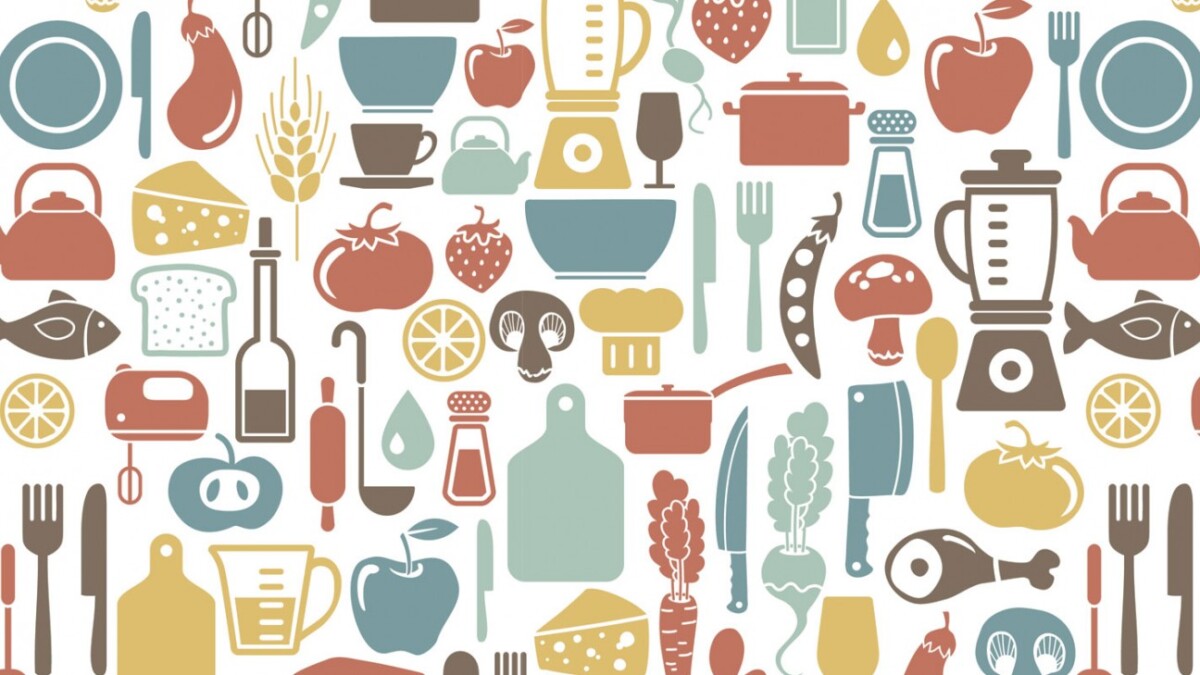Grouping chemicals from across the food and feed safety spectrum to do assessments of ‘chemical mixtures’ is the goal of draft EFSA guidance issued for public consultation today.
People, animals and the environment can be exposed to multiple chemicals from a variety of sources at the same time. The draft document is the latest instalment in our long-term strategy to deploy tools and approaches for assessing risks from chemical mixtures. These can complement our assessments of individual substances in specific regulatory areas, e.g. pesticides, contaminants, food additives.
The draft guidance document proposes:
- Using ‘hazard-driven’ criteria to define groups of chemicals based in the first instance on toxicity information about their behaviour in humans. If this kind of information is lacking, they can be grouped based on their common effects on humans, e.g. all the relevant chemicals that damage the liver (EFSA already uses this approach to assesses the cumulative risks of groups of pesticides)
- Since there are many possible combinations of chemicals, methods to prioritise chemical groups are needed. These can be both risk-based (i.e. taking account of both their hazardous properties and human exposure to them), or solely exposure-driven.
The draft guidance contains case studies to illustrate the practical application of hazard-driven criteria and the use of prioritisation methods for grouping of chemicals.
Our scientists would like to receive feedback from experts and practitioners in chemical risk assessment as well as other people and organisations with an interest in this complex and fast-moving area of food safety.
The guidance is a follow up to EFSA’s ‘MixTox’ guidance which created the methodological framework to assess combined exposure to multiple chemicals. This work will be the focus of an EFSA workshop with European and international partners scheduled to take place in late 2021.
efsa.europa.eu


















